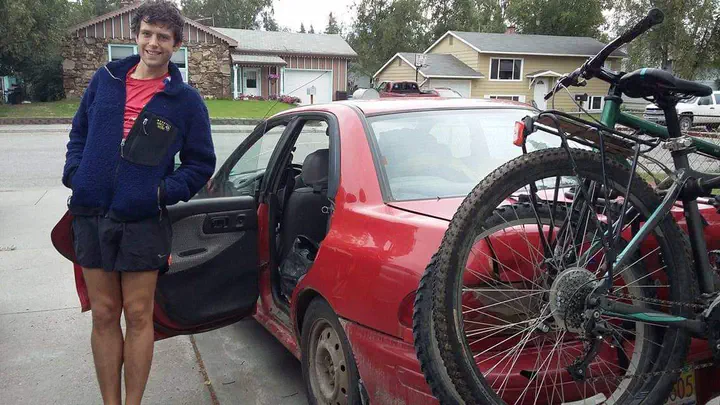A Glacier Scientist Goes Running

Somewhere south and east of Fairbanks, Alaska there’s a little town that has a Russian grocery store. This is not entirely unexpected. For several hundred years beginning in the 17th century, Russian traders and trappers rampaged across the Alaskan landscape like spurned lovers, murdering seals, whales, and indigenous peoples with unbounded enthusiasm, and they made a great deal of money in the process. In time, this colonial regime was replaced by another one, this time from the south. The Americans took over Alaska officially in 1867 and have managed its seals, whales, and indigenous peoples like one might manage a livestock business. But the Russian influence persists in the state. Children can learn Russian in school; there are Russian immigrant communities. And, to serve this niche population, there are various shops stocked with Russian goods.
Inside this grocery store, though, hidden between shelves of strange foods with cyrillic labels, the persistent shopper can root out a store of frozen pizzas. And it’s this hoard that has many times served the last-minute needs of a young glaciologist named Sam Herreid, who spent so much time in his office at the University of Alaska, Fairbanks, double-checking batteries, cameras, and fancy thermal sensors for his field trips onto the glacier that he forgot to include what you might call batteries for himself, namely food. Realizing after driving out of the thin suburbs of his hometown into one of the largest wildernesses on Earth that he hadn’t actually packed anything to eat, he was often grateful to skid to a stop in front of the grocery store and emerge shortly thereafter with several frozen pizzas.
Read the rest of this article written by Dakota Jones on Medium, and come back here to leave a comment :)